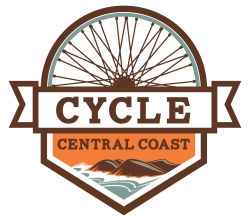Wildlife Viewing by Bike on the California Central Coast
The California Central Coast boasts one of the finest collections of microclimates in the world, making it a hotspot for both cyclists and wildlife enthusiasts. You’ll not only test your cycling skills tackling the challenging hills of this beautiful region, but also be rewarded with incredible encounters with nature in action. We’ll explore segments of several Central Coast routes that provide a front-row bike seat to wildlife attractions.
Riding to View Wildlife on the Central Coast
Cycling is all about the thrill of the ride—on the Central Coast, the thrill goes beyond the pedals. Check out our choices of routes below, each specially selected to offer the perfect blend of challenging terrain and jaw-dropping wildlife sightings.
Gorda Route to Hearst Ranch Zebras
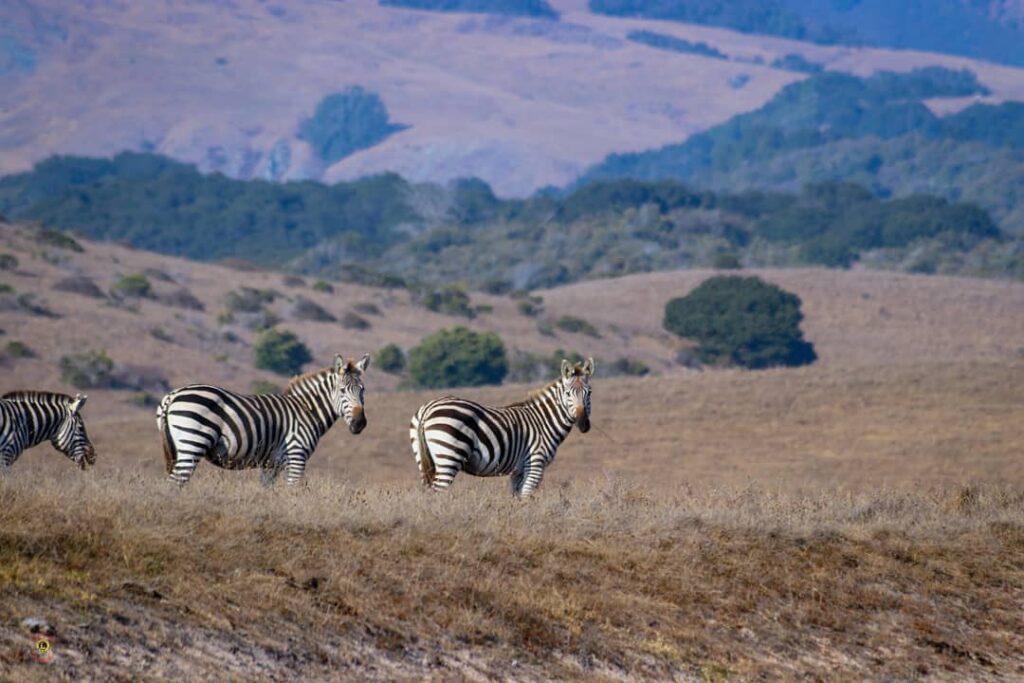
You’re in for a one-of-a-kind reward as you ride the Gorda Route on Highway 1 from Cambria to Hearst Ranch. Keep your eyes peeled as you approach Hearst Castle Road, where a short break might just lead you to a remarkable encounter. Here, you’ll witness free-roaming zebras, a sight you won’t see anywhere else in the United States. These surprising animals are a remnant of William Randolph Hearst’s private zoo.
Ragged Point Route to Elephant Seal Rookery
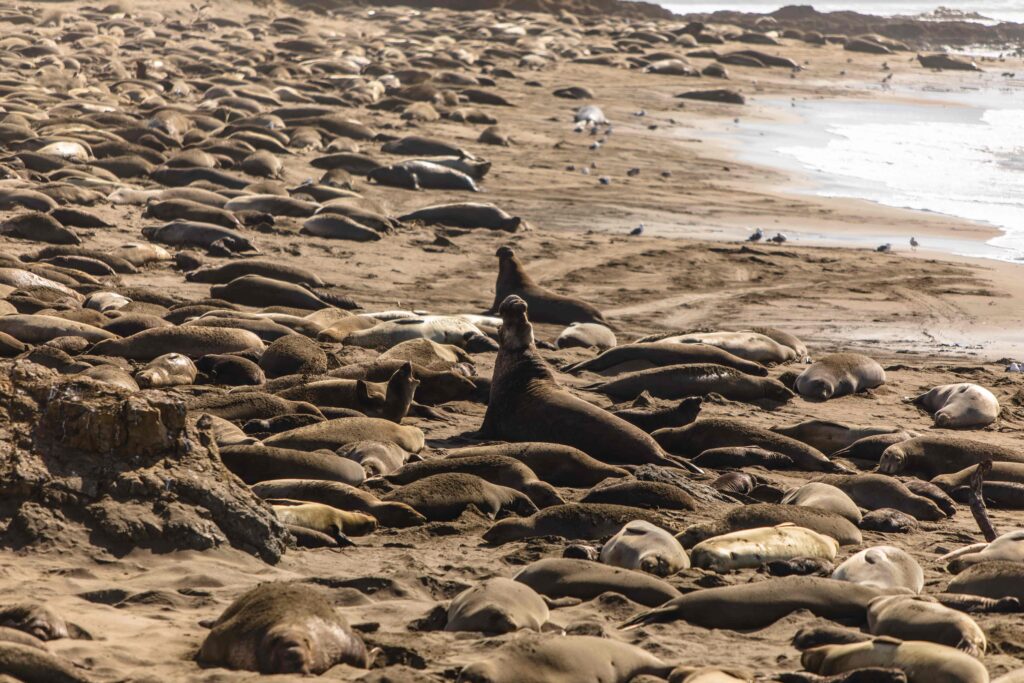
Venture further north on the Ragged Point Route along Highway 1, and you’ll soon discover some gnarly beasts busy molting, mating, and migrating. The Piedras Blancas Elephant Seal Rookery, located on the ocean side of Highway 1, is the best place to observe these crowds of elusive, unique, snouted elephant seals, year-round, lounging in the coves of the coast. The journey that brings these animals from Alaska to the Central Coast spans thousands of miles. Make sure to schedule a time to pause your ride and watch these amazing animals.
Viewing Whales at Shamel Community Park in Cambria
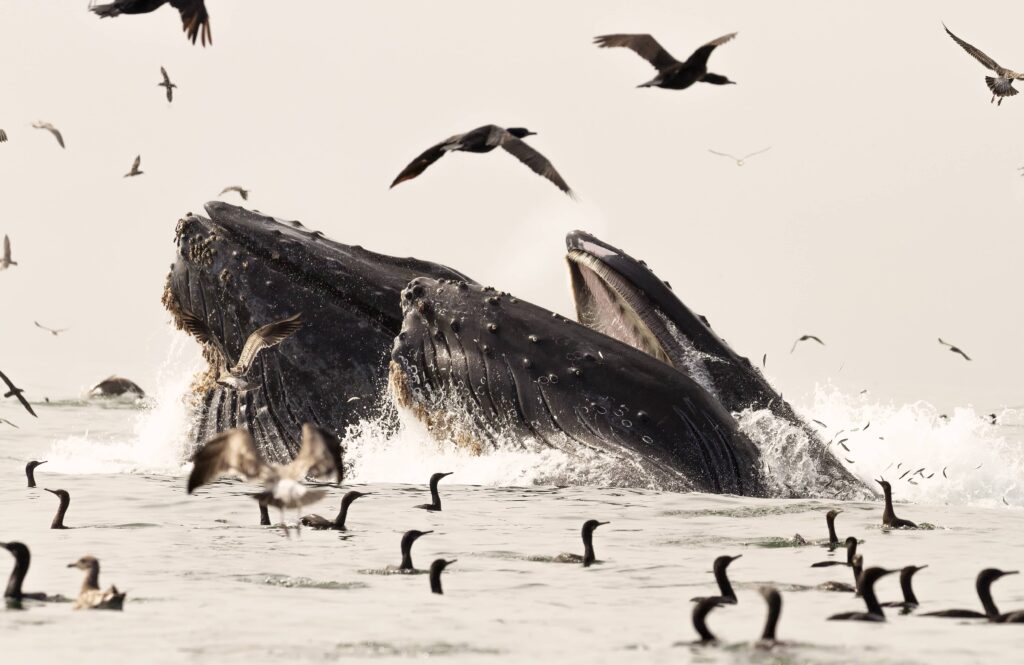
Turn south on Highway 1, heading back through San Simeon and following our Coastal Cayucos Route to Shamel Community Park in Cambria, where some of the best views of migrating whales await. Late December through April will be the best time to witness these majestic creatures as they make their seasonal journey along the Central Coast. If the ride down Highway 1 won’t leave you breathless, the sight of these mammalian giants will.
Bird Watching along the Avila Beach Route
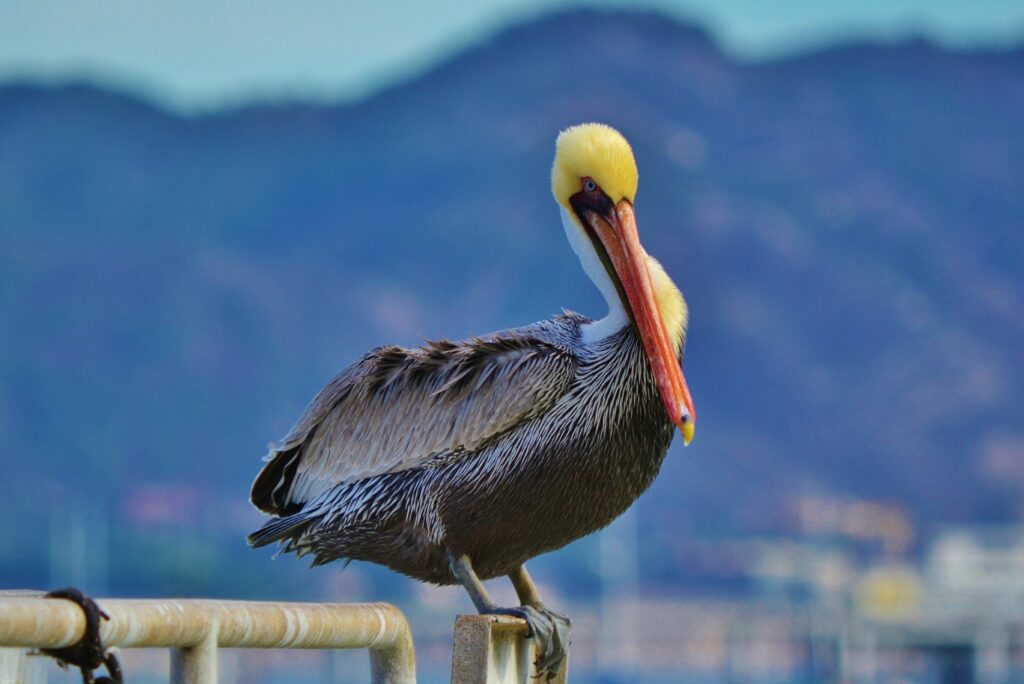
Our trek for coastal wildlife continues as we take the Avila Beach Route from Cambria to Avila Beach on Highway 1. Keep a lookout for Central Coast’s unique avian fauna as you’re earning your watts up and down the hills along the Harmony Headlands forests and coast of Cayucos. There are plenty of turnouts along the highway for you to stop, rest, and spot the Central Coast’s majestic birds in their natural habitat, adding an extra layer of excitement to your cycling adventure.
Central Coast Aquarium at Avila Beach
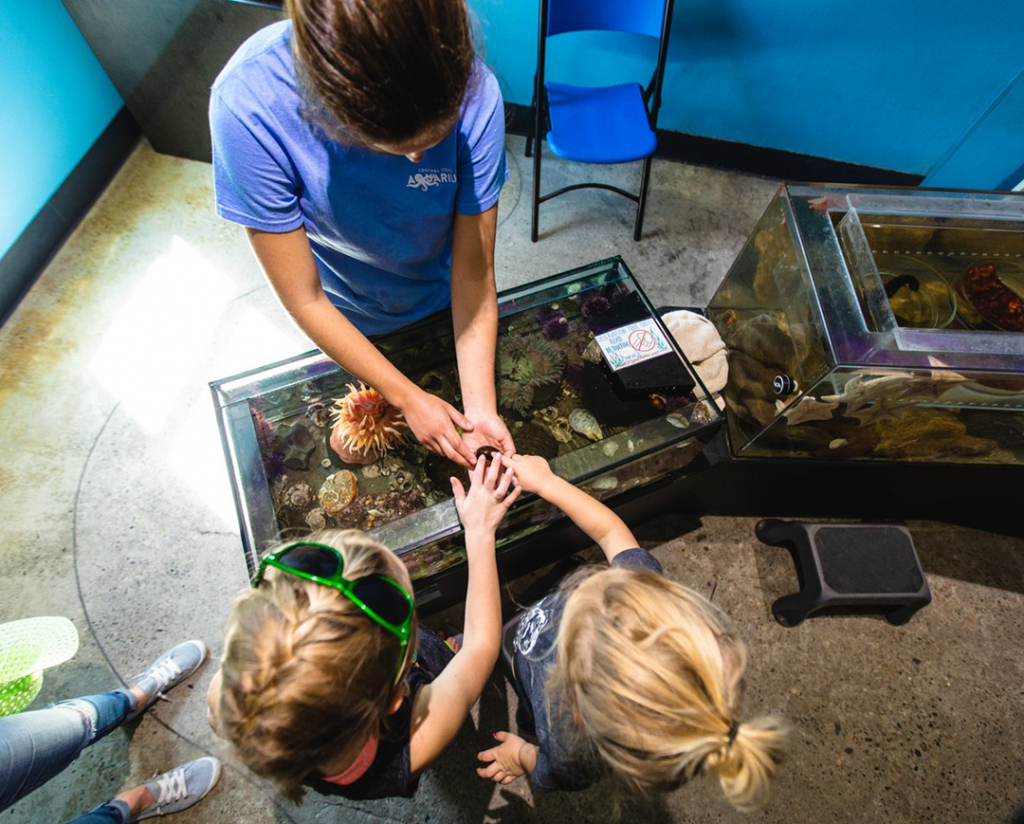
Take the “easy” roads from Los Osos Valley Road to Higuera Street, or try turning on Prefumo Canyon for a greater challenge. Either way, follow our Avila Beach Route to the heart of Avila Beach, where a range of marine wildlife awaits at the Central Coast Aquarium.
Open on Fridays through Sundays, the aquarium serves as a good rest for your quads as you view an incredible array of marine wildlife, both local and exotic. If you find yourself riding up to Avila Beach on any other day, don’t fret—you can still pedal down to Avila Beach to catch glimpses of dolphins, porpoises, sea lions, sea otters, harbor seals, and various avian wildlife on tours through Avila Beach Whale Watching.
Staying Safe from Wildlife While Cycling
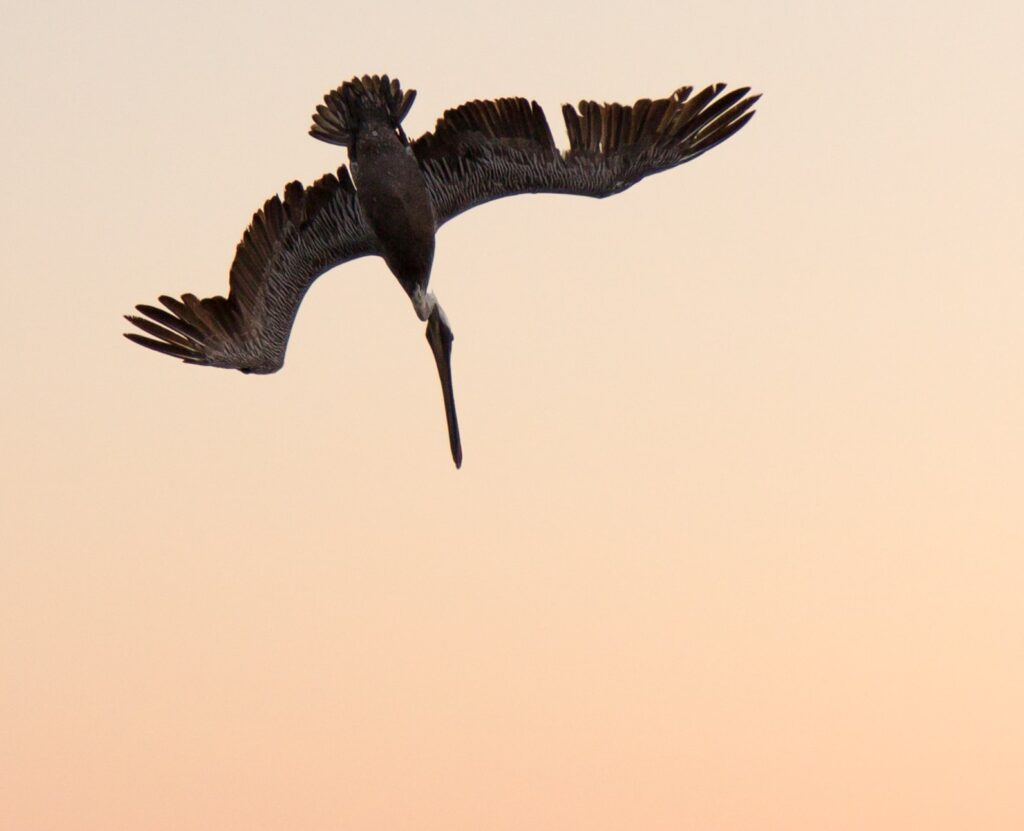
While the thrill of wildlife encounters is exhilarating, remember that not all creatures share your enthusiasm for cycling. Here are some tips to keep you safe during your wildlife encounters on two wheels:
- Carry bear mace and pepper spray: These essential items can be a last-minute deterrent for any aggressive wildlife.
- Demonstrate dominance: When confronted by dogs and big cats, don’t pedal away. Instead, stop and shout. Make yourself appear larger and be assertive to show Fido that you have the upper hand.
- Use your bike as a shield: In the case of an aggressive attack, your bike can serve as a protective barrier.
- Avoid areas where bears may roam: On the Central Coast’s paved roads, you likely won’t encounter bears. But if you do and one turns aggressive, trying to ride away only spurs the chase. Knowing the right way to react is crucial. Stand your ground, make noise, and fight back if it makes contact.
- Maintain distance: For non-aggressive animals, such as skunks and elk, simply stay back and give them the space they need.
You won’t be the first cyclist to encounter animals along the Central Coast. Your fellow riders have all sorts of tips to share from their own experiences.
You won’t regret your Central Coast wildlife cycling excursion. We’ve only highlighted a few of the top wildlife spots you can get to with your bike, so check out our full selection of routes and start planning your next ride.
